Challenge 4: Data Driven Water Quality
SAfe Sip 2023
Setting the Course for Safe Water
Problem statement
How can data and inclusion improve water quality and sanitation in the Greater Accra Region?
The reality of the water supply in Accra, Ghana, is fraught with significant challenges and problems affecting the population’s daily lives. One salient aspect is the widespread use of sachet water as drinking water. While sachet drinking water is relatively easy to market, there is also a risk of low-quality water being marketed, leading to health risks for consumers. Furthermore, the consumption of sachet drinking water exacerbates the problem of plastic waste and exacerbates environmental problems.
In some areas of Accra, the availability and use of water is unstable and unreliable. Residents often face periods of two to three days without water supply and need alternative means to meet their basic needs. In such situations, they have to travel considerable distances in search of water, increasing the burden on their daily lives and limiting their productivity and well-being.
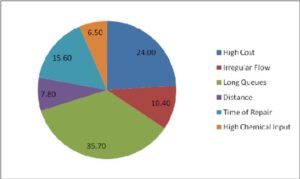
The current situation of potable water availability and sanitation in Accra, Ghana is dire. Previous studies in environment, social sciences, and sustainability focus on the sources of water and levels of service, including accessibility and coping strategies, as well as the types, adequacy, and hygienic conditions of sanitation systems and waste disposal mechanisms available in the region. The residents in the urban slum community are solely dependent on vended water, pipe-borne water, tankas and sachet water for their daily activities. However, pipe-borne water is sold at exorbitant rates and vended water is contaminated with high levels of fecal coliforms, copper, lead, and cadmium, posing a serious health risk to the residents. The community depends on poorly maintained household storage facilities, public latrines with odor, fly nuisance, and lack of user privacy, which contribute to the practice of open defecation. Inadequate waste collection containers and a low level of political commitment to improving the conditions have led to the indiscriminate dumping of refuse, posing health risks to residents. These are some of the many challenges that need to be addressed to improve the living conditions of all the people in Ghana and in other developing countries.
Addressing these challenges and improving water supply in Accra is crucial to ensuring the health and well-being of the population. This requires comprehensive solutions that not only provide access to clean and reliable drinking water, but also address the environmental impact of plastic waste. Efforts to promote sustainable water management, infrastructure development and community participation are essential to overcome these pressing issues and improve the quality of life of the people of Accra.
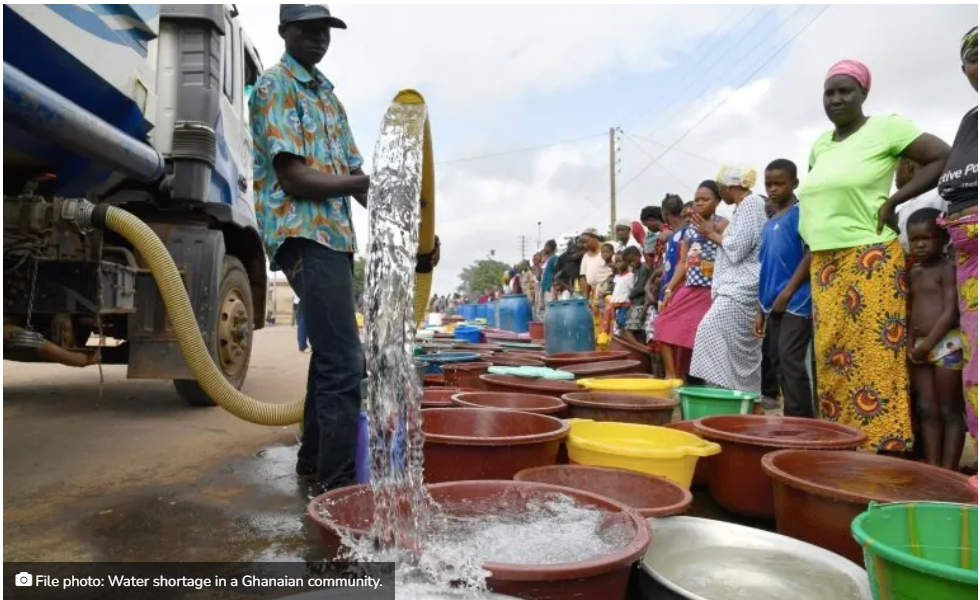
Access to clean water is essential for humans to live and survive. Unfortunately, water availability and quality differ across the globe, and many areas, such as the Greater Accra Region of Ghana, experience problems with water quality and sanitation. To address these issues, we have developed SafeSip, a data-driven solution that can help improve access to clean water and sanitation facilities in Accra.
Through SafeSip, we’ve analyzed data on water sources in Accra, including their current condition. We’ve also explored whether the existing water treatment plants can meet the growing demand for clean water in the region. By collecting and analyzing data on these issues and more, we hope to provide valuable insights into how to improve water quality in Accra. In addition to data analysis, community engagement and public awareness are critical to ensuring equitable access to clean water and sanitation facilities. Through SafeSip, we aim to promote inclusive policies and community engagement initiatives that can help raise awareness about the importance of clean water and sanitation. Through these efforts, we hope to increase access to clean water and sanitation facilities in the Greater Accra Region, helping to improve the lives of local communities.
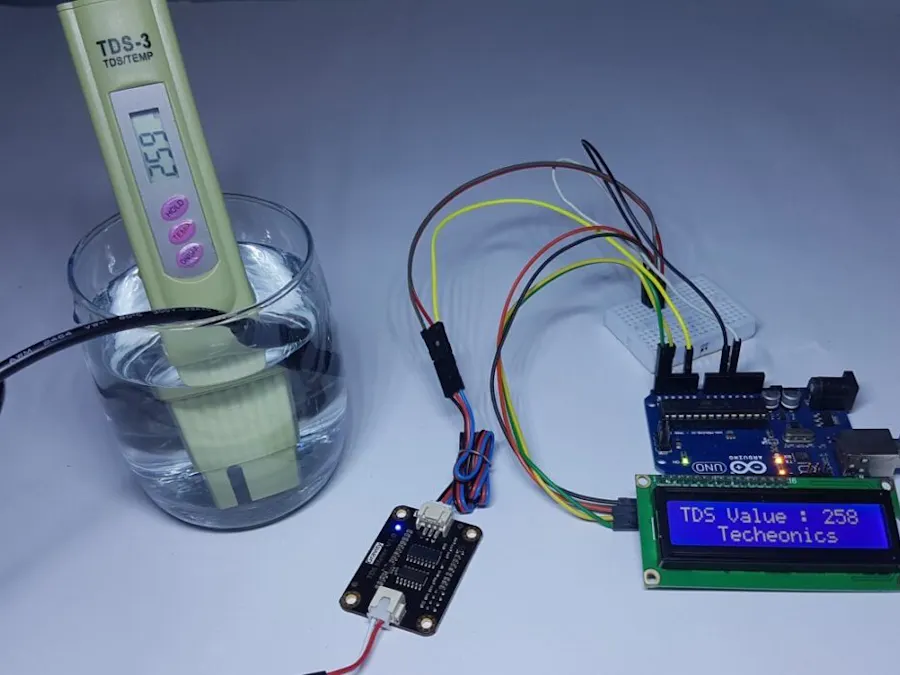
Further, it lets the truck drivers and GWCL employees monitor the water quality by using a TDS sensor (a handheld device that measures the total dissolved solids (TDS) in water, indicating the concentration of ionized solids like salts and minerals assessing electrical conductivity (EC), which increases with the presence of such solids) at the public stand posts and assist in the evaluation of infrastructure and services, and make informed investment decisions based on accurate, current data.
In addition, it gathers all the data for GWCL on the webpage where they can locate issues, see individual reporting, analyze the sensor results and last but not least alert the users in the specific area/region.
Business Model
The cost structure requires human resources for GWCL. This includes training and hiring surveyors (who will conduct surveys in the field using this service), water transport personnel, and data analysts. Other costs include water quality sensors, internet costs for end users (the app itself is intended to be used offline, but data is needed to download the app), workshops to raise awareness (going to rural areas and conducting workshops to promote the app’s interface and knowledge on how to use the app at schools, etc.) are assumed to be necessary costs. Data Licensing, Analytics, Partnerships, and Sponsorships would be the most realistic revenue streams. The app can aggregate and anonymize the data collected from users’ reports and offer it as valuable insights or analytics to government agencies, NGOs, research institutions, or water management organizations. These entities may be interested in purchasing the data to inform their decision-making processes or research studies. Also, the app can establish partnerships with organizations or businesses that have an interest in this field. Several NGOs, research institutes, and water management organizations are actively involved in addressing water challenges in Ghana. These entities often work with communities and government agencies to improve water quality and management. These partnerships could involve sponsorships or collaborations, where the partner provides financial support or resources in exchange for branding exposure or exclusive access to app users. Other examples of organizations as potential sponsors are UNICEF, The World Bank and National and Local Government Agencies.
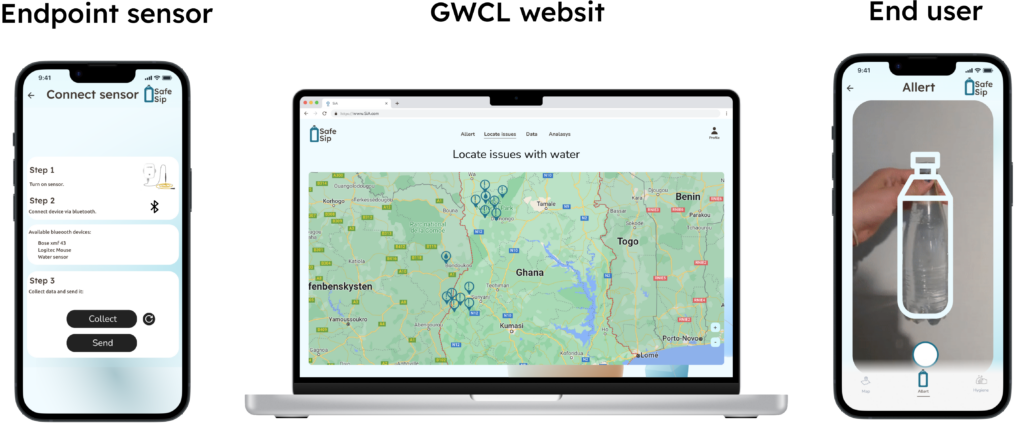
Target Group
The users of SafeSip can be classified into three distinct categories. However, the primary audience for this service is consumers or end-users who have concerns pertaining to water safety. These individuals are actively searching for access points that provide clean and high-quality water. To cater to their needs, photo reports submitted by consumers, water quality surveys conducted at GWCL-endpoints, and data collection and analysis by GWCL are aggregated and attributed back to the end-users. This information enables consumers to easily locate and access safe and potable water sources.
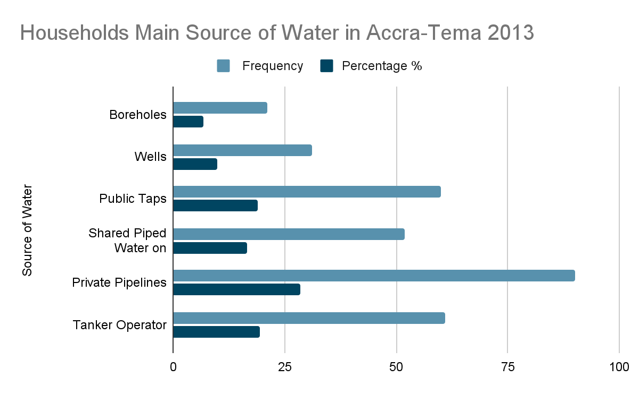
Market Size
Accra has a population of approximately 2.6 million people. Approximately 56% of the people are under the age of 24. This trend is not expected to change in the coming years. The number of residents who could potentially benefit from a water reporting app would contribute to the app’s market size. Also, ghana has seen significant growth in mobile phone usage and internet connectivity in recent years. As mobile phones become increasingly accessible, the potential user base for a water reporting app expands. Various NGOs, research institutes, and water management organizations actively work alongside communities and government agencies to address water challenges. Collectively, their efforts contribute to the overall improvement of water resources in Ghana. Collaboration with such organizations can provide opportunities for app developers and expand the potential market size.
Competitors
There are likely to be many competitors in the water survey service in Ghana, and these competitors are diverse in terms of target markets, products, and services offered. For example, Akvo FLOW is a close competitor that provides a cloud-hosted application as a field surveying tool. Other competitors make products with other relative functions equipped such as mapping and funding. What differentiates us from our competitors is the hygiene manual we offer. We have expanded our services to provide details about water conservation and water management practices, alongside incorporating features for reporting water quality problems. Overall, the essential features and services for end users in rural areas are consolidated into one simple platform. This simplicity and inclusiveness for everyone is our strength. We also differentiate ourselves in other factors such as reliability, product design, and target audience.
Implementation

A realistic implementation would be embedding it into the GWCL’s already present network and system of monitoring and testing the quality of water, which is a key element of the GWCL. Conducting training sessions, workshops, and capacity-building programs to empower users in Ghana in order to engage with end-users and generate interest in the app could support its expansion. By providing hands-on training and support, the app’s usability and benefits are effectively communicated, leading to wider adoption. Collaborate with various NGOs, research institutes, and water management organizations in Ghana. These partnerships help promote the app among the organizations’ networks and user base, enabling wider adoption and usage. Active participation in water-related conferences, workshops, and forums in Ghana is another approach. By presenting the app’s features, case studies, and success stories at such events, it is able to engage with key stakeholders and generate interest in the app. It is important to note that these are all contributing to the popularity of the service in Ghana, as its first installation. However, the adoption of the app also relies on its functionality, reliability, and the way we deliver value to players in addressing water challenges.
Distribution
SafeSip is committed to providing a user-friendly mobile application that empowers citizens to report and monitor water quality. Our platform offers a seamless data collection and analysis system, enabling all to identify water contamination hotspots and address water quality issues promptly. To make our service accessible to all stakeholders, including GWCL, utilities, and citizens, we have developed a cross-platform mobile application compatible with all computer and phone devices. The app will feature a practical and intuitive user interface design for easy navigation, secure database storage for user reports and water quality data, and data analytics capabilities to identify patterns and trends.
To ensure the effectiveness and success of SafeSip, we have and will undertake extensive research to understand Ghana’s water quality issues and leverage existing data from government agencies and NGOs. Collaboration with relevant stakeholders will be pursued in gathering additional data on water sources, pollution levels, and historical incidents. Further, more and more user testing will be conducted to obtain feedback and make iterative improvements to the app’s usability. A secure database infrastructure will be established to store user reports, water quality data, and relevant information, with data encryption and backup mechanisms implemented to ensure data security and availability.
To extract insights from the collected data, we have developed analytical tools to process and analyze the information. This analysis will aid in identifying water-contaminated hotspots, and trends, and generating regular reports, which we will share with the users. SafeSip’s implementation and distribution require conducting research, developing the app, setting up a secure database, deploying and distributing the app, and performing data analysis and reporting. By following these steps, SafeSip will effectively contribute to resolving water quality issues in Ghana.
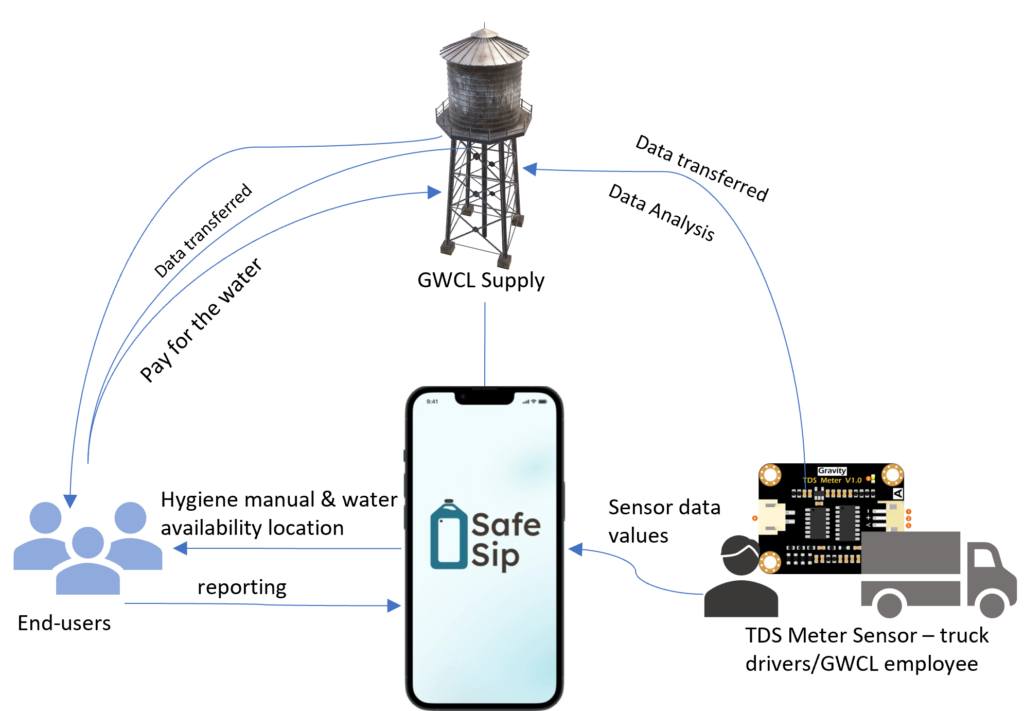
Financial Projection
As the app is free to download and use, the revenue streams would come from data sales and partnerships with companies and organizations interested in promoting clean water initiatives and hygiene in Ghana. In the first year of operation, the app is projected to reach 500,000 users with an average of 3 visits per week, resulting in 7.8 million total visits. With an average conversion rate of 1%, this translates to 78,000 leads generated for potential data sales and partnerships. Assuming a conservative data sale price of $0.05 per lead, the projected revenue for the first year would be $3,900.
In addition to data sale, partnerships with companies and organizations interested in promoting clean water initiatives and hygiene would also be a significant revenue stream. Assuming a conservative partnership fee of $10,000 per company and securing 3 partnerships in the first year, this would generate an additional $30,000 in revenue.
The app has the potential to generate significant revenue through data sales and partnerships, while simultaneously promoting clean water initiatives and hygiene in Ghana.
SDGs
SafeSip will play a significant role in the attainment of the Sustainable Development Goals (SDGs). It can contribute to SDG 6 by providing essential information on water quality, such as pH levels, turbidity, and contaminant presence, thereby encouraging informed decision-making and promoting water hygiene. Further, it supports SDG 3 by enhancing awareness about water quality and sanitation to reduce the incidence of waterborne illnesses, as it educates users on proper water treatment methods and safe drinking practices. By serving as an educational tool for water quality and hygiene practices, it supports SDG 4 with its potential to offer tutorials, videos, and interactive content that can be utilized to improve knowledge and create awareness in communities. Through the integration of advanced technologies like water quality sensors and offline functionality, SafeSip supports SDG 9, stimulating innovation, supporting sustainable infrastructure development, and reaching communities with limited internet connectivity. Finally, it fosters collaborations between different stakeholders and communities, enabling shared access to water quality data, best practices, and initiatives. Therefore, SafeSip can play a crucial role in achieving the SDGs by promoting sustainable water management practices.
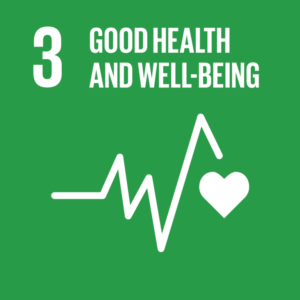
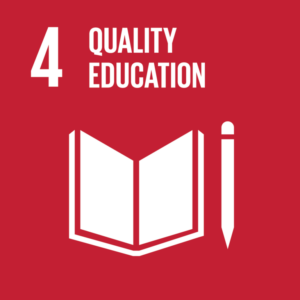
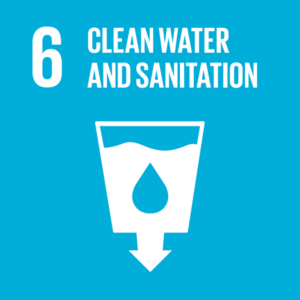
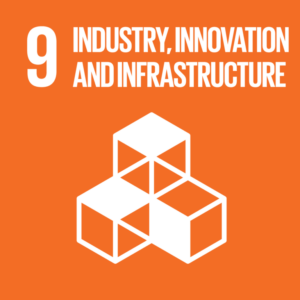
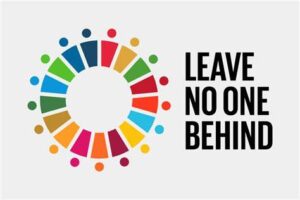
Meet The Team
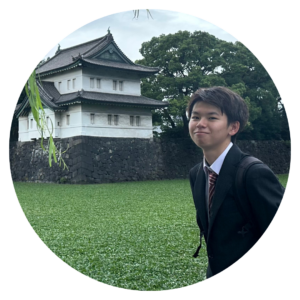
SHUNYA WATANABE
3rd-year Undergraduate Student, Majoring in Informatics, Minor in Urban and Regional Studies. Currently job hunting (interested in consulting and finance).
[email protected]
Shunya A. Watanabe | LinkedIn

ESHVARYA BHAGWANI
Master’s Student of Anthropology at the University of Copenhagen, engaged in fieldwork in Varanasi, India on the Death-care Industry and its response to the Environment.
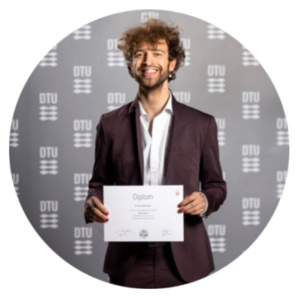
KRISTOFFER RANDER
Creative entrepreneur primarily working with UX, UI, and industrial design within med-tech.
kristofferrander@aishaadams
Kristoffer Rander | LinkedIn
